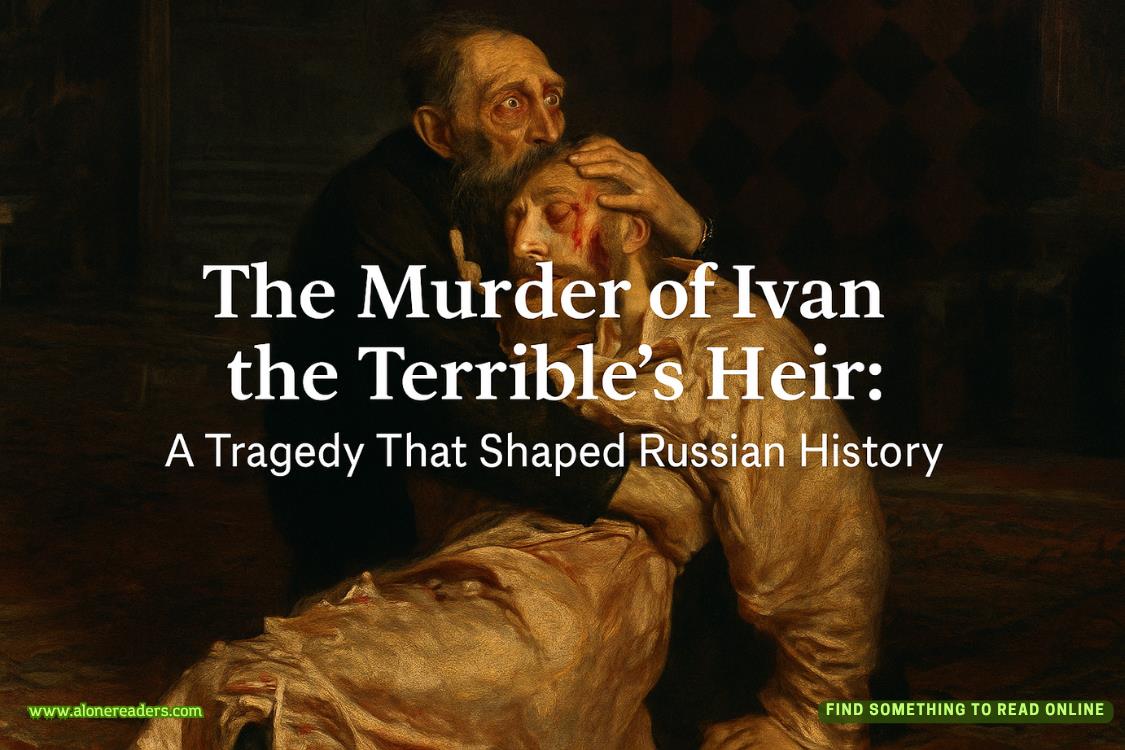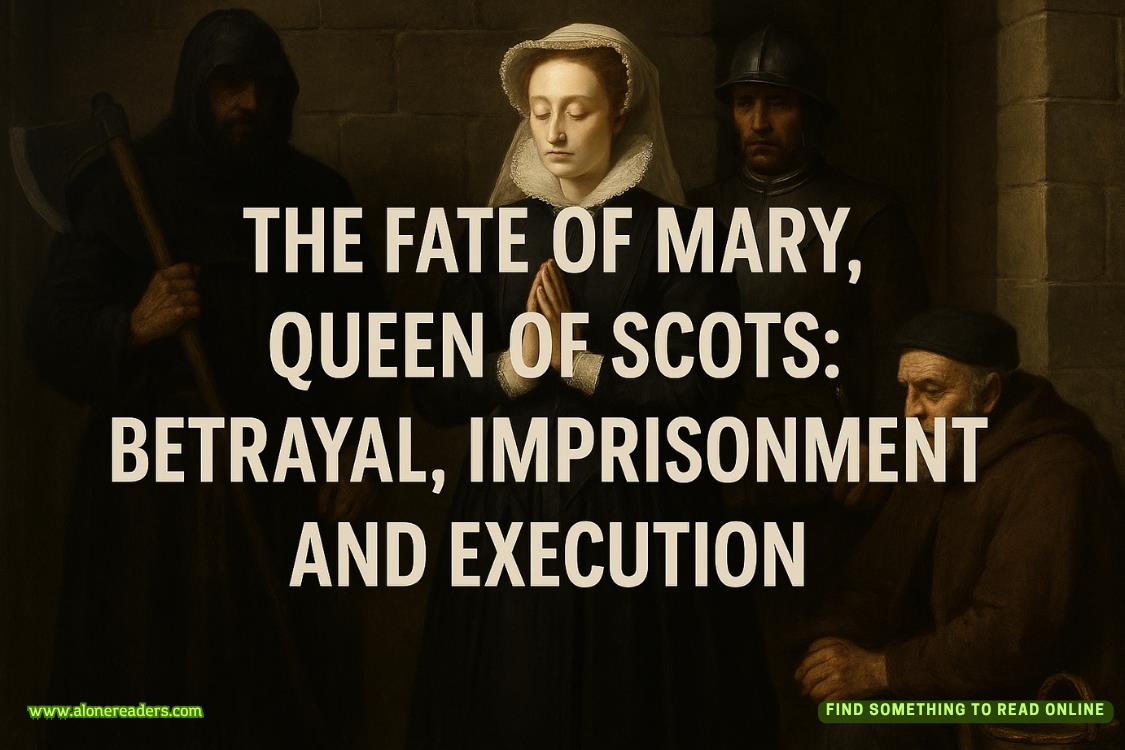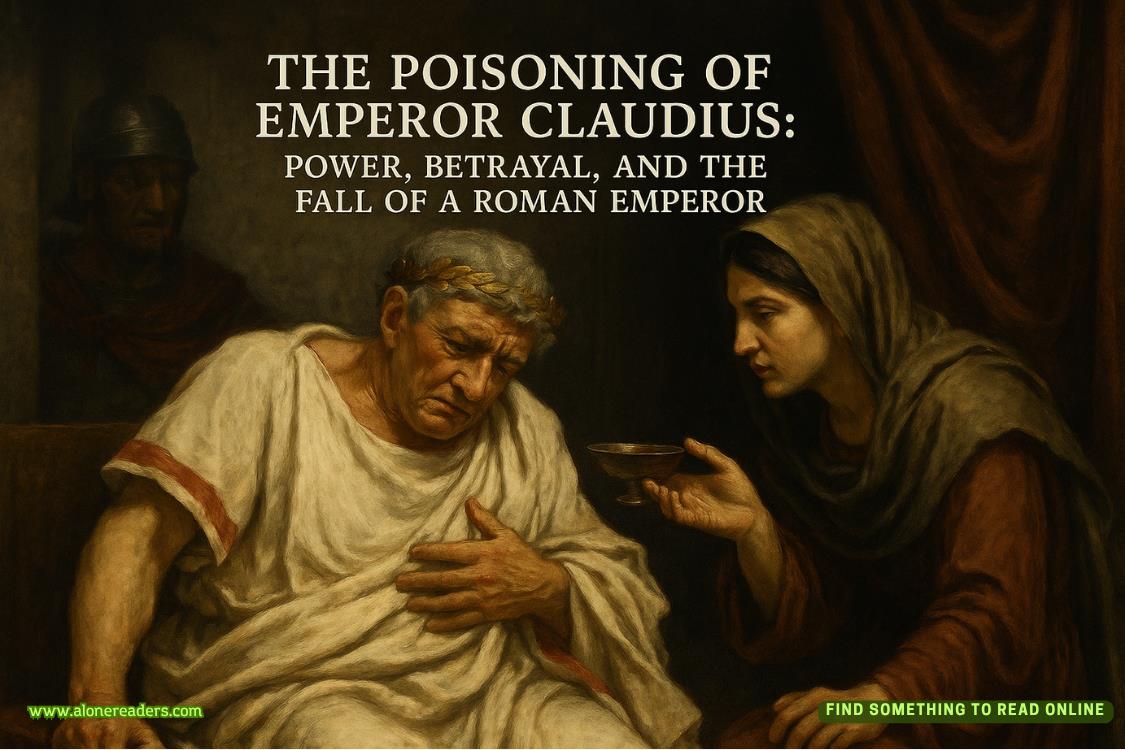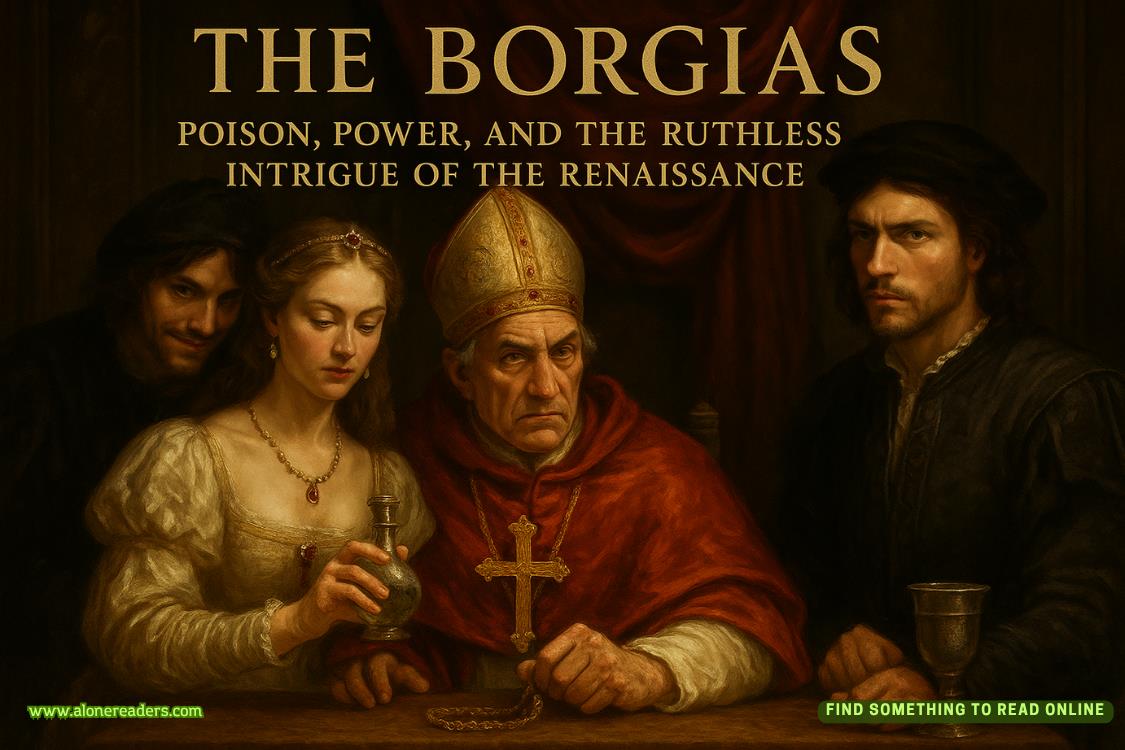Page 23 of The Last Kingdom
Really? That’s why we’re here?
Christophe hopped over the iron railing with no hesitation. Lexi assumed a position on the opposite side of the sarcophagus, jumping the railing too. Luke decided he had no choice and joined the party over the rail, at the head. The sarcophagus was about eight feet long and half that wide, fashioned of green marble and resting on four carved lion’s paws. At its corners were finials topped with gilded representations of more lions. The lid’s center was raised to form a platform upon which rested a gilded crown atop a velvet pillow. Christophe removed both and handed them to the prince, who reverently laid them on the floor.
“Please slide the lid away so I can see inside,” the prince said.
Seemed like an ordinary request for this guy, though it was a first for Luke. He’d never opened a grave before. But nothing ventured, nothing gained. So they all grabbed hold of the top. It was heavy and awkward, but they were able to maneuver it enough to create a wedge of darkness. Stefan approached and shined a light from his cell phone into the opening.
“This can’t be,” the prince said.
Luke saw the incredulous look on Stefan’s face.
The first break in the controlled mien he’d ever seen.
He glanced down.
The tomb was empty.
Chapter 13
STEFAN DREW BACK FROM LUDWIG’S SARCOPHAGUS. HE’DEXPECTEDmany things to happen tonight, but the one contingency he’d not planned for was the tomb to be empty.
That was not what he’d been told.
In 1886 Ludwig II had been buried with great fanfare. Eight white horses draped in black palls had drawn the hearse through Munich. On either side walked adjutants, chamberlains in gold-braided costumes, and the knights of the Order of St. George. The king’s favorite horse, also draped in black, followed. The mourners included the prince regent, the crown princes of Austria and Prussia, all the princes of the Wittelsbach house, Bavarian noblemen, foreign ambassadors, high officials, and the ministry and deputations from nearly every Bavarian town. The cavalry and infantry assumed the rear, their regimental bands playing funeral marches. It took two and a half hours for the procession to go the short distance from the Residenz to St. Michael’s. Mourning banners had draped the church’s entrance. The coffin was laid on an inclined bier before the altar, surrounded by white candles and a sea of flowers. The archbishop blessed the remains, then Capuchin monks carried it down to the crypt. Where it stayed four months until the tomb was ready.
Was that when the corpse vanished?
Or had it been later?
During one of the world wars?
His initial shock had been hard to conceal but now, after a few moments of contemplation, he realized that he could not show any concern in front of his subordinates.
“Close it up,” he ordered.
He stepped back and watched as his people slid the heavy marble lid back into place. He loved how acolytes viewed him with unquestioned respect.
Like a king.
He handed the book back to Christophe.
“Deliver this to Ertl for me. The rest of you are done for the night.”
And he left the crypt.
The trip from downtown to Nymphenburg took a half hour by car. Stefan had driven fast with a bold confidence that made the best of both the wet pavement and the potholes. A light rain and snow started along the way, the city lights tossing a mirrored dazzle from the glistening streets. He’d stayed chilled despite the warmth seeping up from the car’s heater, huddling deeper into his coat, resisting the sleepiness induced by the car’s metronomic sound.
Once the Nymphenburg Palace lay in the woods west of town. Now it was just part of the sprawling suburbs, a tranquility of silence in the midst of a metropolitan clamor. Another of the many attractions that brought millions to Munich every year. He’d never cared for it. Too big. Too disjointed. The complex had been created by a succession of five Wittelsbachs over a two-hundred-year period, mainly used as a summer residence. One pavilion after another was connected by long wings, all surrounded by five hundred acres of grass and trees. Today the graceful rococo edifice accommodated multiple uses for tourism, cultural events, even the headquarters of the government department that oversaw all of the national palaces and parks. Stefan’s favorite part was the Schönheitsgallerie, where thirty-six portraits of women who’d caught the eye of Ludwig I, between 1827 and 1850, were displayed.
Talk about vanity.
One small chancery building toward the north end of the property served as home to the House of Wittelsbach. Where his brother, Albert, resided, as had their father before them. It had once been a hunting lodge, but a twentieth-century remodel had converted it into a residence and added most of the modern conveniences.
He parked out front in a small paved lot.
Stark trees, like gallows to the cold, rose all around, visible in the floodlights. The family had a private entrance onto the grounds through an electronic gate. No fence or security, though. None at all. Why? Nobody cared about a former royal family that barely existed outside of the history books.
He stormed into the chancery through the front door and found his brother in the ground-floor study, a spacious room with heavy furniture and even heavier drapes and upholstery. Hunting trophies dotted the walls, a couple from animals he’d killed himself. A sparkling, unlit Venetian glass chandelier hung from the stucco ceiling. Half a century ago the place had probably been an agreeable location to live. Not anymore. Now it reeked of age and failure.















